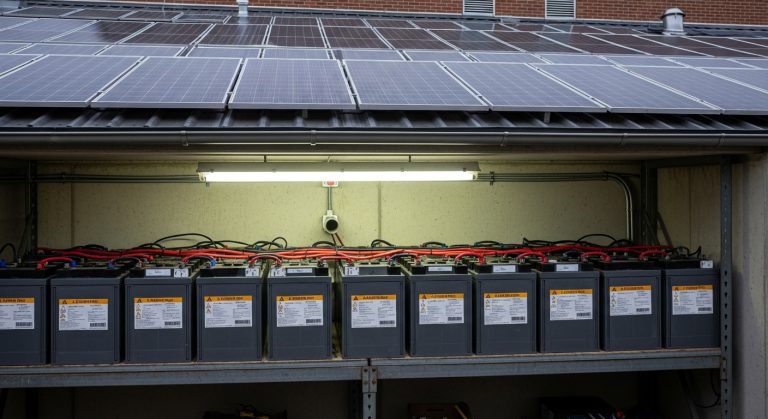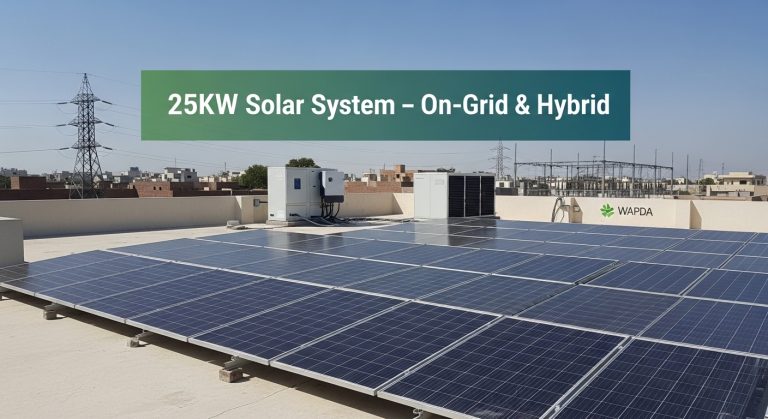Understanding Net Metering, Gross Metering, and Net Billing
In the evolving world of renewable energy, understanding the mechanisms behind solar energy systems is crucial. Among the key concepts are net metering, gross metering, and net billing. These terms are significant for both consumers and energy providers, particularly in regions like Lahore, Pakistan, where solar energy systems are gaining popularity. This article aims to explain these concepts, discuss their impacts, and propose solutions for maximizing their benefits.
What is Net Metering?
Net metering is a billing mechanism that allows residential and commercial solar energy system owners to sell excess electricity generated by their solar panels back to the grid. When a solar system produces more electricity than is consumed on-site, the excess energy is sent to the grid, and the consumer receives a credit on their utility bill. When the system generates less energy than needed, the consumer can use those credits to offset the cost of electricity drawn from the grid.
Advantages of Net Metering:
- Cost Savings: Consumers save on their energy bills by receiving credits for the excess energy produced.
- Encouragement of Renewable Energy: Incentivizes the adoption of solar energy systems.
- Grid Stability: Excess energy can be used to stabilize the grid during peak times.
Challenges of Net Metering:
- Policy Variability: Different regions have varying policies, making it complex for consumers to understand their benefits.
- Utility Company Revenue: Utility companies may face reduced revenue as more consumers adopt solar energy.
What is Gross Metering?
Gross metering is a system where all the electricity generated by a solar energy system is fed into the grid, and the consumer is compensated at a fixed feed-in tariff. The consumer still purchases electricity from the grid for their consumption, often at a different rate than the feed-in tariff.
Advantages of Gross Metering:
- Stable Income: Provides a predictable and stable income for solar energy system owners through feed-in tariffs.
- Grid Contribution: Ensures that all generated renewable energy is fed into the grid, supporting overall energy supply.
Challenges of Gross Metering:
- Separate Billing: Consumers have to manage two different rates – one for electricity consumed and one for electricity generated.
- Lower Financial Incentive: Typically offers lower financial returns compared to net metering as the feed-in tariff is often less than the retail electricity rate.
What is Net Billing?
Net billing is similar to net metering but with a key difference. Instead of receiving a credit for excess energy at the retail electricity rate, the excess energy is sold to the utility at a predetermined rate, which is usually lower than the retail rate. The consumer still pays the full retail rate for electricity consumed from the grid.
Advantages of Net Billing:
- Simplified Billing: Offers a straightforward approach to managing energy production and consumption.
- Reduced Utility Resistance: More acceptable to utility companies as it prevents loss of revenue from retail electricity sales.
Challenges of Net Billing:
- Lower Savings: Consumers may receive less financial benefit compared to net metering.
- Complicated Rate Structures: The predetermined rate for excess energy can be complex and less favorable for consumers.
Impacts of These Systems
Economic Impact:
- For Consumers: Each system offers different levels of financial incentives, affecting savings and return on investment.
- For Utilities: Can impact revenue models and necessitate adjustments in infrastructure and pricing.
Environmental Impact:
- Promotion of Renewable Energy: Encourages the use of solar energy, reducing reliance on fossil fuels and lowering carbon emissions.
- Grid Stability: Can improve grid stability and reliability by distributing energy production.
Social Impact:
- Energy Independence: Empowers consumers by reducing dependence on traditional energy sources.
- Public Awareness: Increases public awareness and acceptance of renewable energy technologies.
Solutions to Maximize Benefits
- Policy Harmonization: Developing consistent policies across regions to provide clear guidelines and stable incentives for solar energy system owners.
- Technological Integration: Implementing smart grids and advanced metering infrastructure to enhance efficiency and reliability.
- Consumer Education: Providing comprehensive information and support to consumers to help them understand and choose the best system for their needs.
- Incentive Programs: Introducing subsidies and grants to encourage the adoption of solar energy systems.
Conclusion
Ocentra Solar Energy Company is dedicated to helping Pakistan transition to renewable energy sources. Understanding the differences between net metering, gross metering, and net billing is essential for maximizing the benefits of solar energy systems. By fostering policy harmonization, technological integration, and consumer education, we can ensure a sustainable and economically viable energy future for all.
Here is the video link of Engr Qamar Hassan “What is Net metering, Gross Metering and Net Billing“. If you need suggestions about any solar system, please WhatsApp at 0308-4182063.






